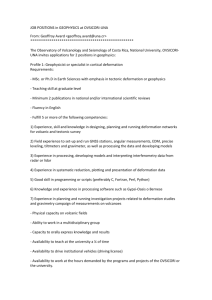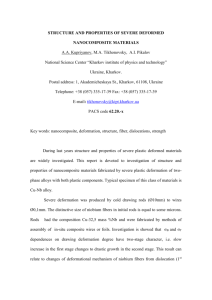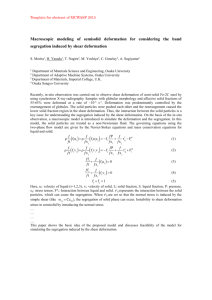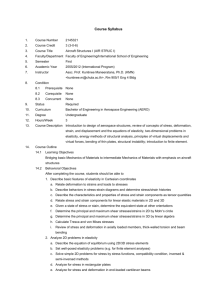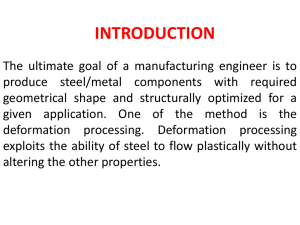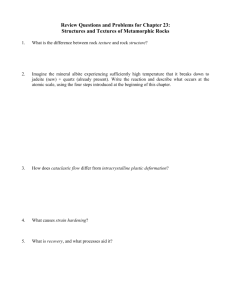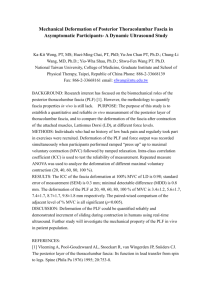Classification of bio
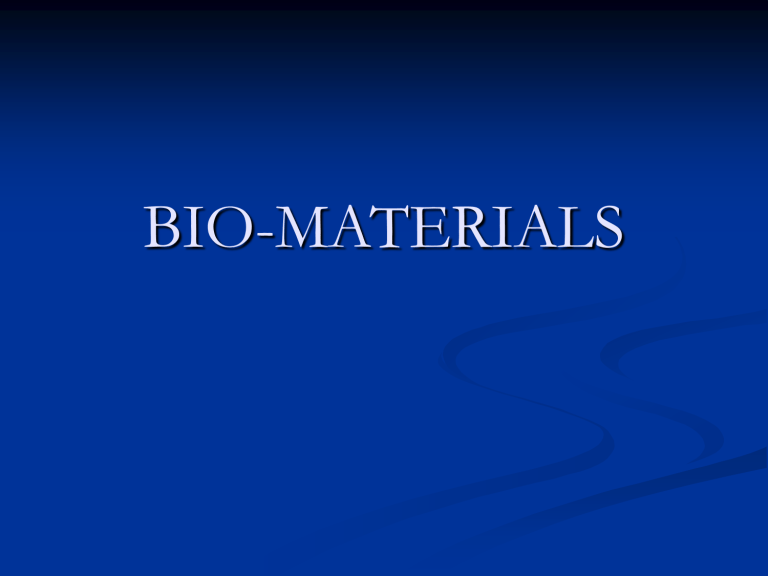
BIO-MATERIALS
Syllabus - Chapters
STRUCTURE OF BIO-MATERIALS AND BIO-
COMPATIBILITY
IMPLANT MATERIALS
POLYMERIC IMPLANT MATERIALS
TISSUE REPLACEMENT IMPLANTS
ARTIFICIAL ORGANS
STRUCTURE OF BIO-MATERIALS AND
BIO-COMPATIBILITY
Definition and classification of bio-materials
Mechanical properties, visco elasticity
Wound-healing process,
Body response to implants, Blood compatibility.
Definition
A biomaterial is a synthetic material used to replace part of a living system or to function in intimate contact with living tissue
Commonplace examples include sutures, needles, catheters, plates, tooth fillings, etc
Classification of bio-materials
From the point of view of the problem area which is to be solved
By considering the levels of organisation
Classification based on materials
Mechanical properties
The behavior of the material under loading
Two important properties
STRENGTH
STIFFNESS
The load - deformation curve
Determinants of strength
The load that the structure can sustain before failing
Ultimate failure point
The deformation it can sustain before failing
Slope of the curve - Stiffness
The stress – strain curve
(In tension)
Stress σ
Strain ε
Young ’ s modulus E = σ / ε
Elasticity of a material
A comparison
Mechanical properties of biomaterials
Visco elasticity
Viscoelasticity
The material is subjected to Constant load and its response varies with time
Combination of viscous fluid and elastic solid
Two fundamental responses
Creep
Stress relaxation
Creep & Stress relaxation
Constant load → rapid initial deformation → slow (time-dependent) progressively increasing deformation → till equilibrium is reached
Constant deformation → rapid initial stress → slow (time-dependent) progressively decreasing stress




